Best Companion Plants For Lettuce
Introduction
Lettuce is a popular leafy green vegetable that is easy to grow and can be enjoyed in a variety of salads and dishes. However, lettuce can be susceptible to pests and diseases, so it is important to plant it with companion plants that can help to deter these problems.
Companion planting is the practice of planting different types of plants together in order to benefit each other. Some companion plants can help to attract beneficial insects, while others can help to repel pests. Some can also help to improve the soil quality or provide shade.
When choosing companion plants for lettuce, it is important to consider the climate, the growing conditions, and the pests and diseases that are common in your area. Here are some of the best companion plants for lettuce:
Main Content
- Carrots: Carrots and lettuce have different root systems, so they do not compete for resources. Carrots also help to loosen the soil, which can improve drainage and aeration for lettuce.

- Herbs: Many herbs, such as chives, garlic, and mint, can help to repel pests from lettuce. They can also improve the flavor of lettuce.
- Marigolds: Marigolds are known for their insect-repelling properties. They can help to deter aphids, slugs, and other pests from lettuce.
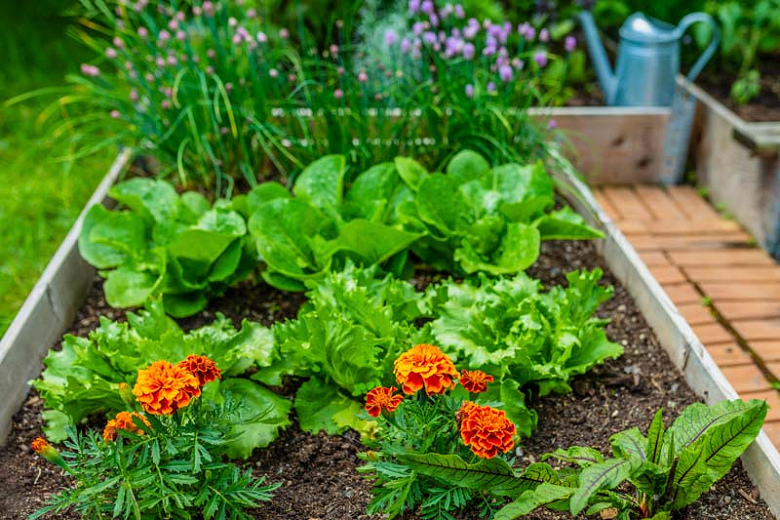
- Peas: Peas are nitrogen-fixing plants, which means they can add nitrogen to the soil. This can benefit lettuce, which is a heavy feeder. Peas can also help to shade lettuce from the hot sun.

- Spinach: Spinach and lettuce have similar growing requirements, so they can be planted together. Spinach can also help to shade lettuce from the hot sun.
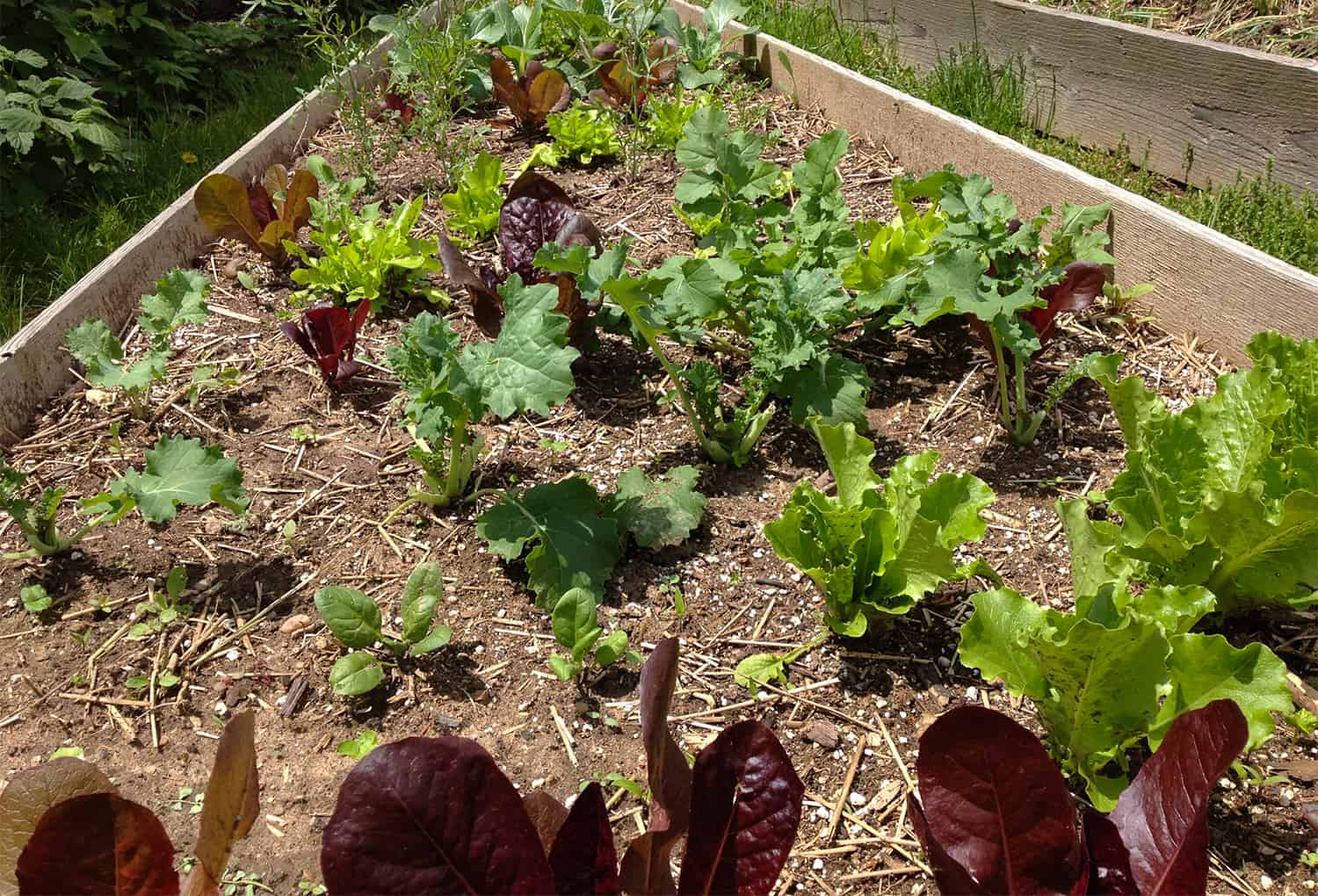
- Sunflowers: Sunflowers are tall plants that can provide shade for lettuce. They can also help to attract beneficial insects, such as ladybugs and hoverflies, which can help to control pests.
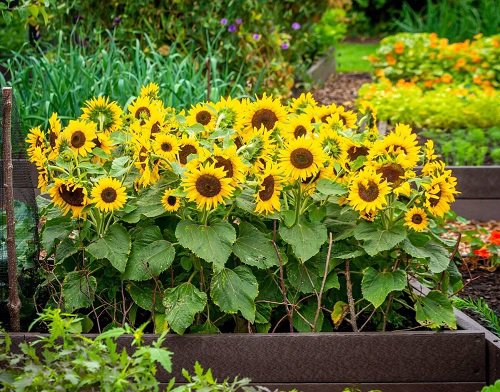
Conclusion
By planting lettuce with companion plants, you can help to improve its growth, flavor, and pest resistance. When choosing companion plants, it is important to consider the climate, the growing conditions, and the pests and diseases that are common in your area.
Here are some additional tips for companion planting with lettuce:
- Plant companion plants that have similar growing requirements. This will help to ensure that they thrive in the same conditions.
- Plant companion plants that have different root systems. This will help to prevent them from competing for resources.
- Plant companion plants that can benefit each other. For example, plants that attract beneficial insects can help to control pests.
- Plant companion plants that can improve the soil quality. This can help to provide lettuce with the nutrients it needs to grow.
- Plant companion plants that can provide shade. This can help to protect lettuce from the hot sun.
By following these tips, you can create a healthy and productive lettuce garden.
Lettuce is a popular garden vegetable that is easy to grow and can be enjoyed in many different ways. But did you know that there are certain plants that can help lettuce grow better? These are called companion plants, and they can provide a number of benefits to lettuce, such as:
- Attracting beneficial insects: Some companion plants, such as marigolds and nasturtiums, attract beneficial insects that help to control pests that can damage lettuce.
- Improving soil health: Other companion plants, such as carrots and onions, help to improve soil health by adding nutrients and breaking up compacted soil. This can help lettuce to grow stronger and healthier.
- Providing shade: Some companion plants, such as tomatoes and cucumbers, can provide shade for lettuce during hot weather. This can help to prevent lettuce from bolting, which is when it produces flowers and seeds prematurely.
If you're looking to grow healthy and delicious lettuce, I recommend doing some research on companion planting. There are a number of resources available online, such as Gardenia Inspiration. This website provides a comprehensive list of companion plants for lettuce, as well as information on the benefits of companion planting.
FAQ of good companion plants for lettuce
Question 1: What are some good companion plants for lettuce?
Answer: There are many good companion plants for lettuce, but some of the most popular include:
- Carrots: Carrots and lettuce have similar growing requirements and can help to deter pests from each other. Carrots also help to loosen the soil, which can benefit lettuce plants.

- Radishes: Radishes are another good companion plant for lettuce. They help to break up compacted soil and can also deter pests. Radishes mature quickly, so you can plant them between rows of lettuce to help fill in empty space.

- Spinach: Spinach and lettuce are both cool-weather crops that can be planted together. They have similar water and nutrient requirements, and they can help to shade each other from the hot sun.

- Cucumbers: Cucumbers and lettuce can be planted together in a staggered pattern. The cucumbers will grow up and over the lettuce, providing shade and protection from pests.

- Herbs: Many herbs, such as chives, dill, and mint, are good companion plants for lettuce. They help to deter pests and can also add flavor to your salads.
Question 2: What are some bad companion plants for lettuce?
Answer: Some plants that should not be planted near lettuce include:
- Broccoli: Broccoli is a member of the cabbage family, and lettuce plants can be susceptible to pests that also attack broccoli.

- Cabbage: Cabbage is another member of the cabbage family that should not be planted near lettuce.

- Kale: Kale is also a member of the cabbage family and should not be planted near lettuce.

- Onions: Onions have a strong odor that can stunt the growth of lettuce plants.

- Tomatoes: Tomatoes can attract pests that also attack lettuce.
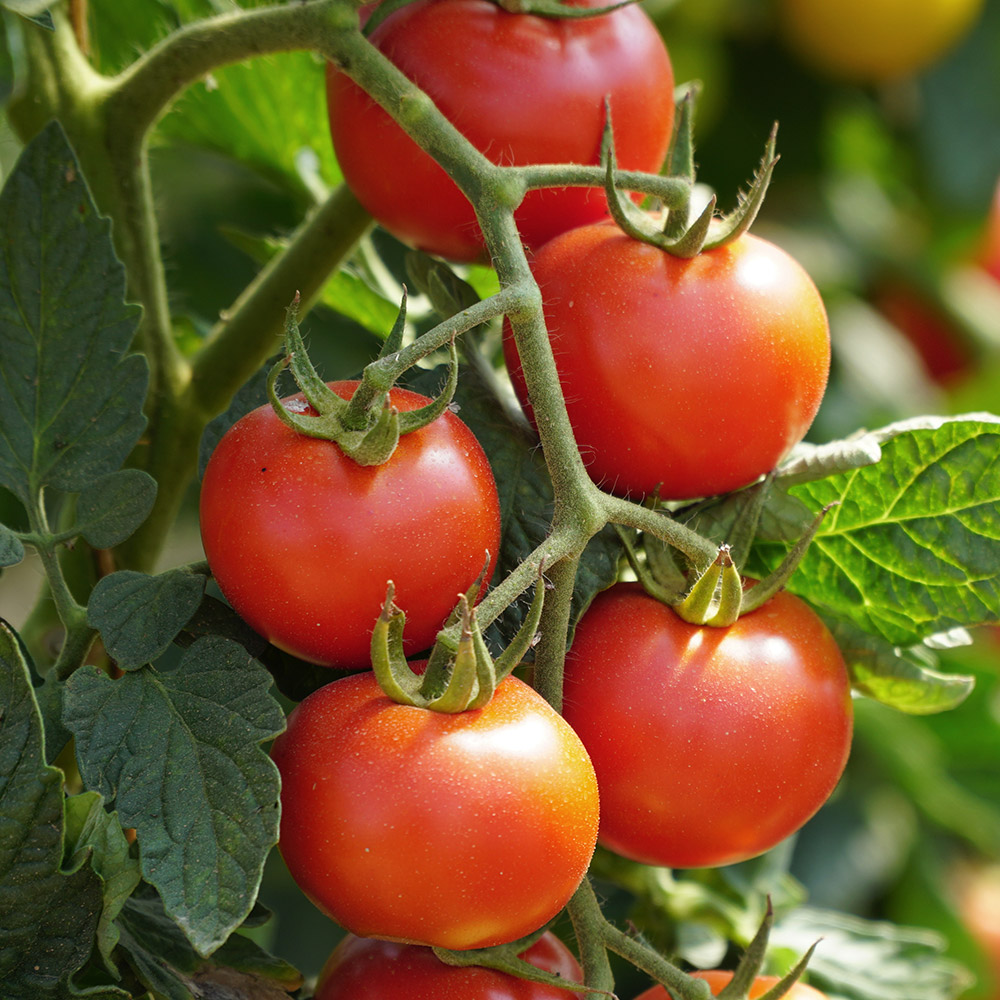
Question 3: What are the benefits of companion planting with lettuce?
Answer: There are many benefits to companion planting with lettuce. Some of the most common benefits include:
- Disease and pest control: Companion plants can help to deter pests and diseases from attacking lettuce plants. For example, marigolds are a good companion plant for lettuce because they help to repel aphids.
- Improved soil quality: Companion plants can help to improve the soil quality around lettuce plants. For example, beans and peas can help to fix nitrogen in the soil, which can benefit lettuce plants.
- Increased pollination: Companion plants can attract pollinators, such as bees and butterflies, which can help to pollinate lettuce plants.
- Reduced competition for resources: Companion plants can help to reduce competition for resources, such as sunlight, water, and nutrients, between lettuce plants.
- Increased yields: Companion planting can help to increase the yields of lettuce plants.
Question 4: What is the best time of year to plant lettuce?
Answer: Lettuce is a cool-weather crop and is best planted in the spring or fall. It can also be planted in the summer in cooler climates.
Question 5: How far apart should lettuce plants be planted?
Answer: The spacing for lettuce plants will vary depending on the variety of lettuce. However, most lettuce plants should be spaced about 6 inches apart.
Image of good companion plants for lettuce
- Carrots: Carrots help to deter pests like carrot fly and root maggots, which can be a problem for lettuce. They also help to improve the soil structure, which can benefit lettuce plants.
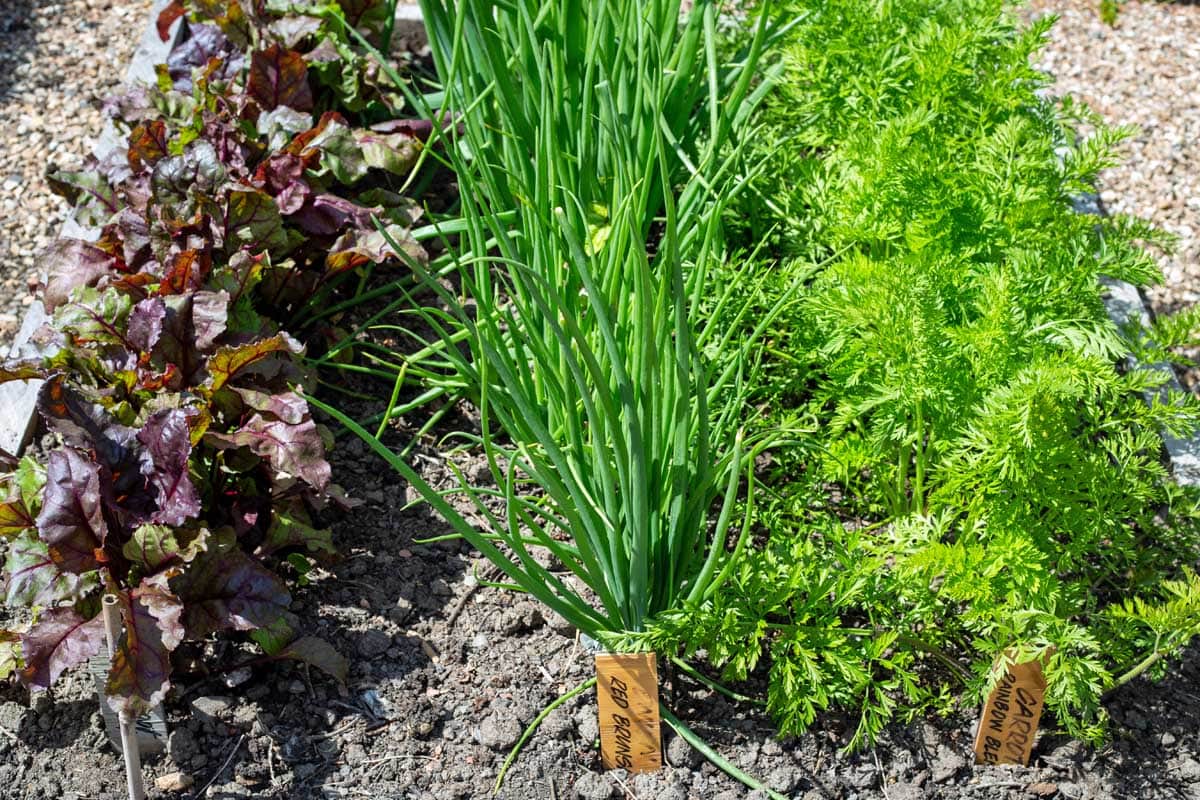
- Herbs: Many herbs, such as chives, garlic, and mint, are good companion plants for lettuce. They help to deter pests and attract beneficial insects.

- Broccoli: Broccoli is a tall plant that can provide shade for lettuce plants, which can help to protect them from the sun and heat.
- Peas: Peas are nitrogen-fixing plants, which means they can help to improve the nitrogen content of the soil, which can benefit lettuce plants.
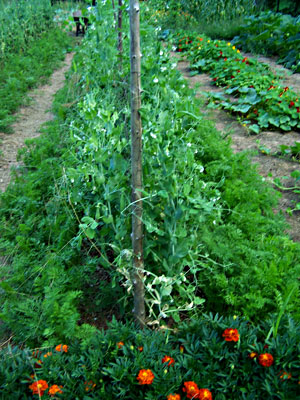
- Sunflowers: Sunflowers are tall plants that can help to attract beneficial insects, such as ladybugs and hoverflies, which can help to control pests that can damage lettuce plants.

Post a Comment for " Best Companion Plants For Lettuce"